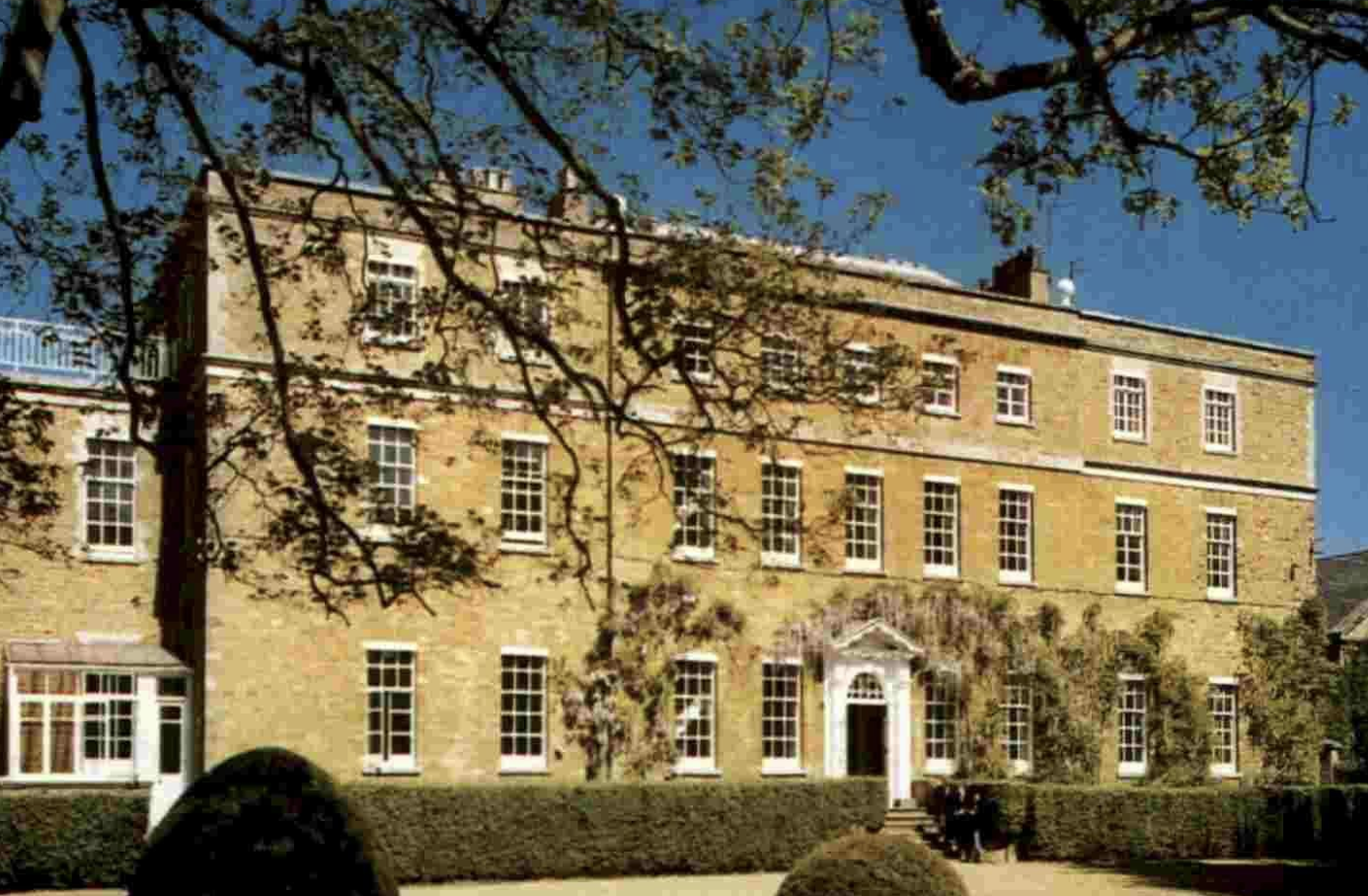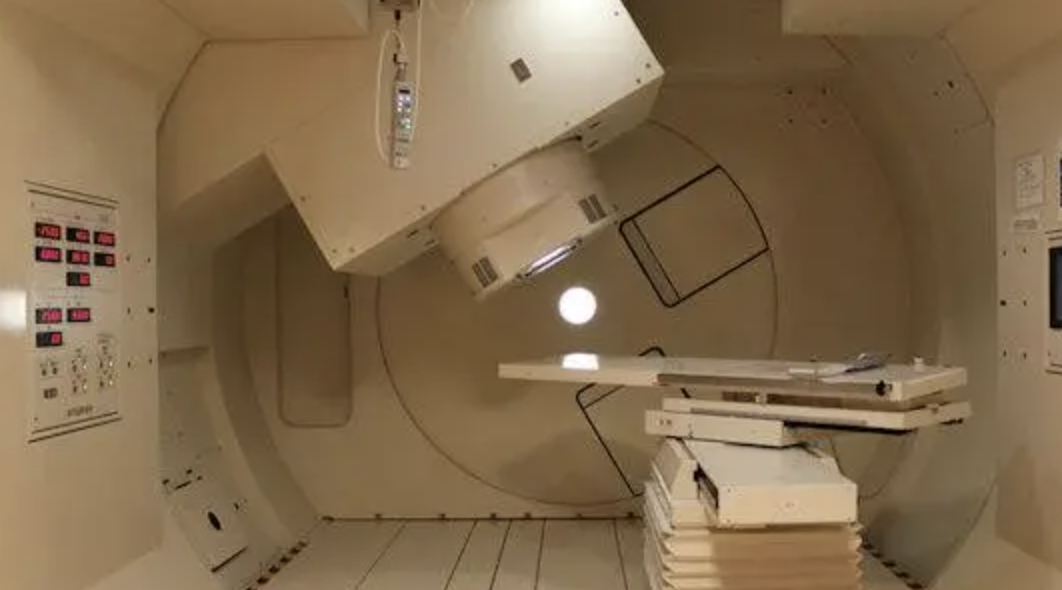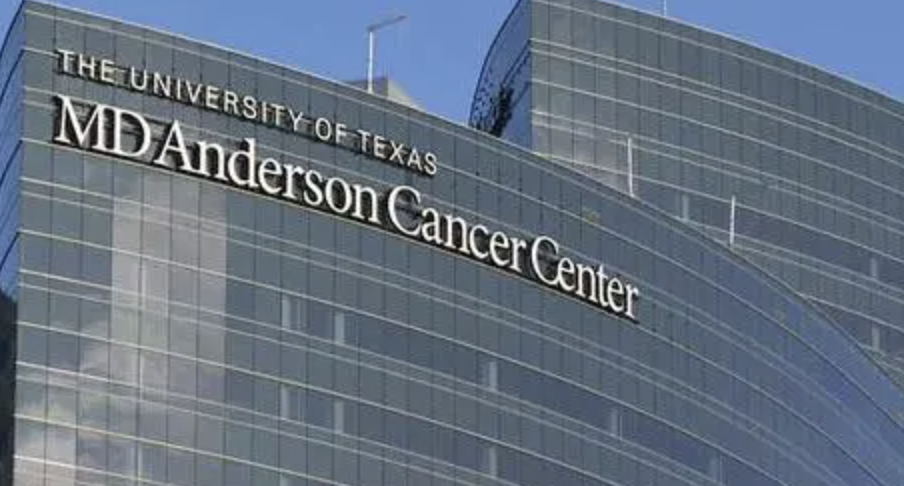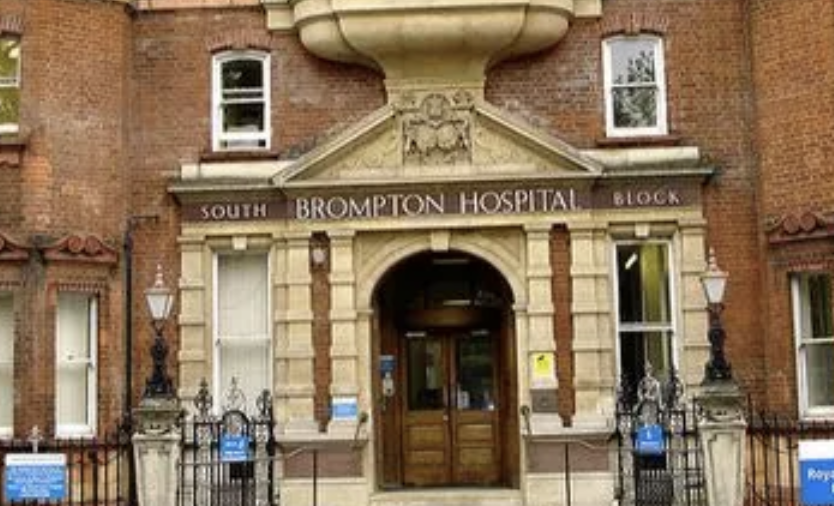Hospital
MGH - Top 10 Best Hospitals in the World
Founded in 1811, Massachusetts General Hospital is the earliest and largest teaching affiliated hospital of Harvard Medical School, and one of the three oldest hospitals in the United States. In 2012, hospitals in the United States ranked first (US News&World Report). In 1846, the first anesthetic operation was performed in human history, and X-ray was first used in clinical practice in 1896. Massachusetts General Hospital dominates the largest hospital based research project in the United States, with an annual research funding of more than 600 million dollars. So far, 13 Nobel laureates have been produced

Founded in 1811, Massachusetts General Hospital is the earliest and largest teaching affiliated hospital of Harvard Medical School, and one of the three oldest hospitals in the United States. In 2012, hospitals in the United States ranked first (US News&World Report). In 1846, the first anesthetic operation was performed in human history, and X-ray was first used in clinical practice in 1896. Massachusetts General Hospital dominates the largest hospital based research project in the United States, with an annual research funding of more than 600 million dollars. So far, 13 Nobel laureates have been produced
The hospital has more than 900 beds and 21000 medical staff. There are 47,000 inpatients, 1.4 million outpatients, 88,000 emergency cases and 38,000 operations every year. 3600 babies are born here every year. Almost all doctors at Massachusetts General Hospital teach at Harvard Medical School. Adhering to safety, efficacy, patient first, timely, efficient and fair, the hospital is committed to providing patients with the highest quality and safest treatment and care.
Massachusetts General Hospital leads the world in clinical treatment of cancer, cardiovascular, nervous, cerebrovascular, digestive, rheumatic immune, blood, endocrine and other diseases.
The hospital has five world-famous medical centers in most disciplines, namely: cancer center, heart center, digestive center, transplantation center and vascular center. Many authoritative experts are gathered in each center to provide the best comprehensive medical services for patients.
He has received numerous famous politicians, businessmen and performers, including former US Secretary of State Henry Kissinger.
Cancer Center
The nationally recognized authoritative cancer treatment center and the comprehensive cancer center designated by the National Cancer Institute. The Cancer Center is internationally renowned for providing personalized and innovative treatment for adults and children. The Center includes 23 complete treatment specialties, and leads the largest clinical research project in the United States, with nearly 400 clinical trials every year. There are about 7000 newly diagnosed cases every year; More than 8600 cancer operations; 68000 patients were treated with radiotherapy, including 11000 patients treated with Proton.
The Cancer Center provides each cancer patient with a personalized treatment plan through cancer experts, radiotherapy experts, medical experts, surgical experts, imaging experts, cancer pathology experts, cancer nutritionists, professional nurses, etc. His milestone achievements in cancer include:
In 1925, the world's first cancer clinic was established;
In 1970, PET technology was first applied;
In 1974, he invented photodynamic therapy to treat tumors;
In 1976, a new method was found to treat acute myeloid leukemia;
In 1978, the world first implemented combined chemotherapy for soft tissue sarcoma;
In 1979, the first application of nuclear magnetic resonance technology (MRI);
In 1991, natural growth hormone was first introduced to bone marrow transplant patients after high-dose chemotherapy;
In 1993, a new method was developed to treat invasive bladder cancer, which can preserve bladder function after operation;
In 1998, gene detection was used for the first time to determine the type of cancer;
In 1998, he developed a new anti-cancer drug imatinib (Gleevec);
In 1999, he developed the drug endostatin (endostatin) to cut off cancer blood supply;
In 2003, it was found whether cancer had the genetic characteristics of metastasis tendency;
In 2003, the EGFR gene mutation of tumor was first found (the target of the anticancer drug Iressa);
In 2004, ALK mutation in non-small cell lung cancer was studied;
In 2005, the B-RAF gene mutation of melanoma was studied;
In 2009, he won the 2009 Nobel Prize in Medicine for discovering the mechanism of telomere and telomerase to protect chromosomes and unraveling the mystery of cancer and aging;
In 2011, FDA approved 3D breast imaging developed by Massachusetts General Hospital for early detection of breast cancer;
In 2011, ROS1 gene rearrangement was found in non-small cell lung cancer, etc.
The Cancer Center is a global leader in gene targeted therapy, Proton radiotherapy, intraoperative radiotherapy and other aspects of cancer.
Gene targeted cancer therapy at Massachusetts General Hospital affiliated to Harvard Medical School
The new cancer treatment methods currently adopted by Massachusetts General Hospital, Brigham and Women's Hospital, Dana Farber Cancer Research Institute and other hospitals affiliated to Harvard Medical School are:
First of all, use the whole gene detection technology to carry out cancer genotyping, that is, "gene diagnosis". The mutation gene of each patient was identified by analyzing the molecular fingerprint information of cancer. Jeffrey Engelman, director of the Chest Cancer Center of Massachusetts General Hospital affiliated to Harvard Medical School, said: "In fact, it is not so important whether a patient has breast cancer or lung cancer, but what kind of mutant genes he has."
Unlike other cancer centers in the world, which usually only detect a few mutated genes related to individual tumors, the Massachusetts General Hospital affiliated to Harvard Medical School in the United States uses unique whole gene detection technology to detect all tumors to find various tumor mutation genes. At present, more than 130 gene mutations can be rapidly detected.
After obtaining the molecular fingerprint information of cancer, a new generation of gene targeted drug therapy is adopted for each cancer patient's different mutant gene; New drugs can more effectively target specific mutant genes, block the activation path of cancer mutant genes like cutting off the power supply, so as to more effectively treat cancer. Leif Ellisen, an oncologist at Massachusetts General Hospital affiliated to Harvard Medical School, said: "Imagine the lighting switch: when the light is on, it indicates that cancer exists; when the switch is off, it means that cancer does not exist."
At present, Massachusetts General Hospital Affiliated to Harvard Medical School has successfully used personalized gene targeting drugs in the treatment of some lung cancer, breast cancer, colon or rectal cancer, melanoma, leukemia, brain tumors and other diseases.
Of course, it must be recognized that only a part of cancers caused by gene mutations have known gene targeted therapy programs; Even gene targeted drugs only work for a part of patients. However, for these people, it means a new life.
Proton Therapy Center
Massachusetts General Hospital was the first to use Proton to treat tumors in the world in 1960. At present, only nine medical institutions in the United States have this equipment; It is the largest Proton treatment center in the United States. Every year, 11000 patients receive radiotherapy here, accounting for 60% of the total number of Proton radiotherapy patients in the United States.
The center has the world's top cancer radiotherapy experts. Anthony Laurence Zietman, the radiotherapy department, is the chairman of the American Association of Cancer Radiotherapy and the director of the American Association of Radiotherapy. It combines rich clinical experience with highly advanced radiotherapy methods and humanistic nursing to provide the safest and most effective treatment for cancer and benign tumor patients.
The center can provide the most accurate radiotherapy for tumors of all organs and systems of the human body. Proton therapy can accurately locate tumor tissue, improve tumor radiation level, enhance cancer control rate, and cause little damage to surrounding normal tissues through "targeted and fixed-point blasting" technology. At the same time, Proton treatment can protect important organs and tissues from damage, which can be safely applied to children with cancer. It is especially suitable for the treatment of the following tumors:
Brain tumors in children:
Astrocytoma, ependymoma, neuroblastoma, medulloblastoma, etc
Leukemia and solid tumor in children
Relying on powerful clinical treatment, Massachusetts General Hospital has carried out the largest hospital based research project in the United States, with an annual research funding of more than 750 million dollars. The research field covers more than 20 clinical departments and branches, and is committed to translating the latest basic research achievements into clinical treatment.
2013: President Obama Visits Massachusetts General Hospital
Massachusetts General Hospital has always maintained a leading position in the U.S. News&World Report ranking of the best hospitals in the United States, and ranked first in the United States with 16 leading specialties in 2012-2013.




